Chinese Exporters Shoulder Just 9% of ‘Trump Tariffs,’ Leveraging Supply Chain Dominance to Exert Influence
Input
Changed
Chinese exporters minimize tariff burden Advantage derived from supply chain bargaining power Export strategies prove effective in overcoming tariff barriers
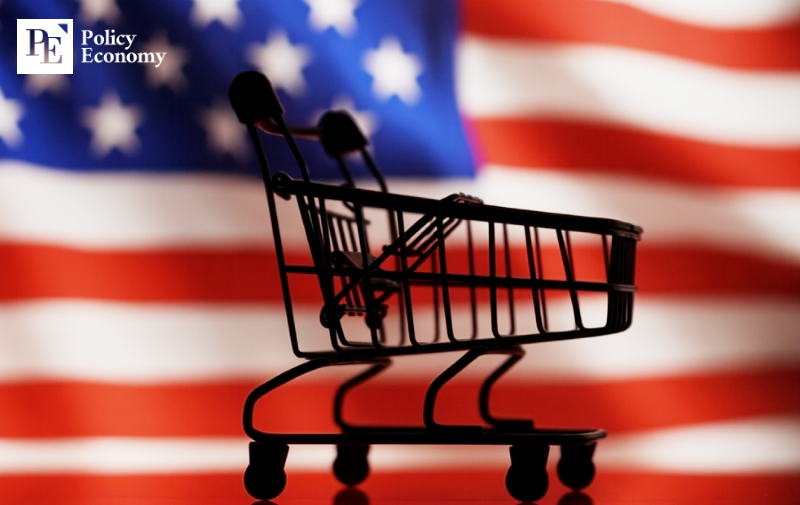
Despite the Trump administration’s punitive tariff offensive, Chinese exporters are bearing only 9% of the overall tariff costs, with the bulk absorbed by U.S. importers and consumers. This underscores China’s ability to harness its strategic position in global supply chains to absorb shocks, while highlighting how Washington’s protectionist measures have disproportionately burdened American corporations and households.
U.S. importers absorb 50%, consumers 8%
According to research by China International Capital Corporation (CICC), Chinese exporters are shouldering merely 9% of the tariff-induced costs imposed by President Trump. By contrast, U.S. importers are carrying more than half of the burden, while final consumers are absorbing between 8% and 10%.
Actual price data further illustrates this trend. From April, when the Trump administration announced reciprocal tariffs, through July, the average price of Chinese imports declined by just 2.4% despite a 27 percentage point effective tariff increase. This indicates that Chinese firms largely refrained from offsetting tariff shocks through price cuts, instead passing the costs on to their American counterparts.
U.S. retailers sought 66% burden-sharing, but failed
CICC’s findings stand in stark contrast to the demands of major U.S. retailers, which had pressed Chinese suppliers to shoulder as much as 66% of the additional tariff costs. In June, Walmart, Target, Nike, and Adidas urged their Chinese partners to absorb the majority of the burden as trade tensions eroded margins.
Initially, in April, U.S. retailers had agreed to resume shipments by covering the full tariff costs themselves, but later reversed course. The shift reflected mounting political pressure to avoid price hikes. Walmart CEO Doug McMillon warned in May that the company could not absorb the entirety of the trade war’s costs and would need to raise some prices. Within two days, however, President Trump publicly rebuked the retailer via social media, declaring that “Walmart and China must eat the tariffs.”
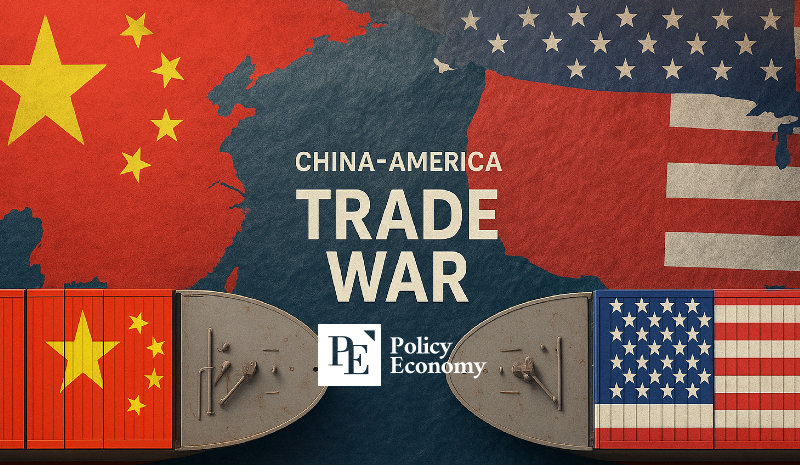
Diversification of production and export routes
Analysts view the limited burden borne by Chinese exporters as evidence of their strong competitive edge and bargaining leverage within global supply chains. In response to Washington’s tariffs, Chinese companies swiftly recalibrated their export strategies. While some market share in the U.S. was lost, they expanded output through diversified production bases and alternative export routes, bolstered by Beijing’s policy support.
Chinese firms have increasingly redirected exports to Southeast Asia, Europe, the Middle East, and Africa. Two distinct strategies have emerged. One involves routing goods through third countries such as Vietnam, Thailand, and Malaysia, where Chinese-made components are assembled or minimally processed to alter their origin. This has contributed to a notable rise in Vietnam’s exports to the U.S. since the trade war intensified.
The other strategy involves building overseas production hubs. Rather than merely transshipping, Chinese manufacturers are relocating equipment and personnel abroad to establish new facilities. Production is now distributed across Vietnam and Mexico, where final assembly is conducted before goods are exported to the U.S. Notably, leading EV maker BYD has established plants in Hungary, Brazil, and Thailand, with plans for a third facility in Germany, while solar panel giant LONGi is leveraging its Malaysian base to sidestep U.S. tariffs.
These corporate maneuvers are closely intertwined with state policy. Infrastructure investment under the Belt and Road Initiative has expanded logistics and manufacturing capacity across key diversionary corridors in Southeast Asia, Africa, and the Middle East, easing overseas expansion for Chinese firms. Export subsidies and a weaker renminbi have also sustained their price competitiveness.
Above all, China’s quasi-monopoly in global supply chains has been the decisive factor. Analysts note that while Washington may intensify political confrontation with Beijing, the U.S. economy remains heavily reliant on Chinese goods. The trade war has demonstrated that outcomes are not determined by tariffs alone, but rather by bargaining leverage and irreplaceability within global supply chains.

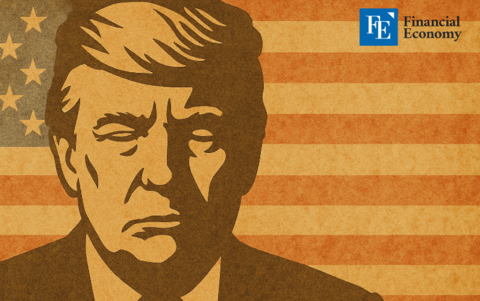
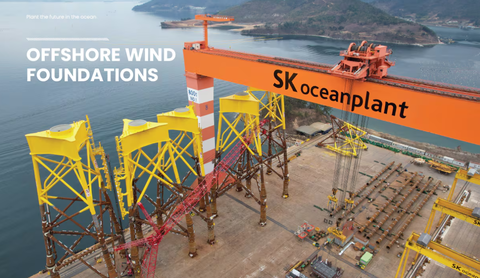
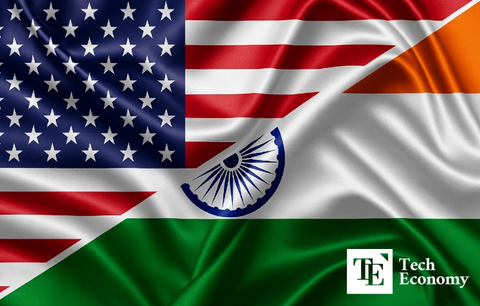
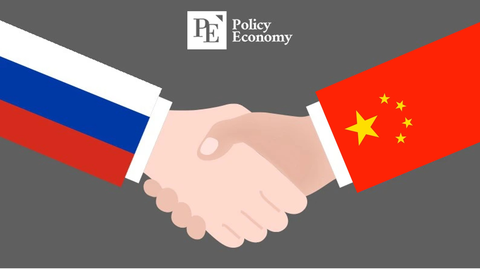
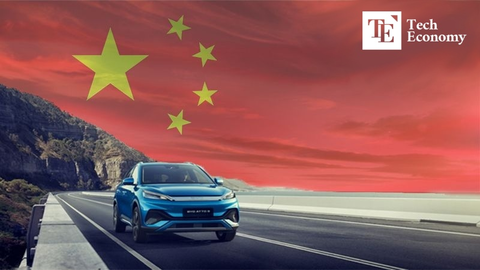

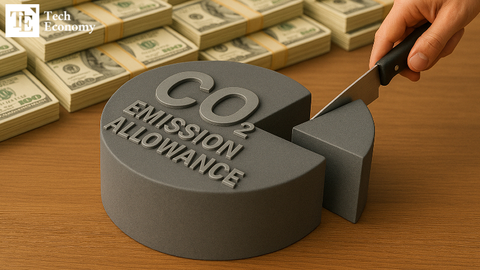














Comment